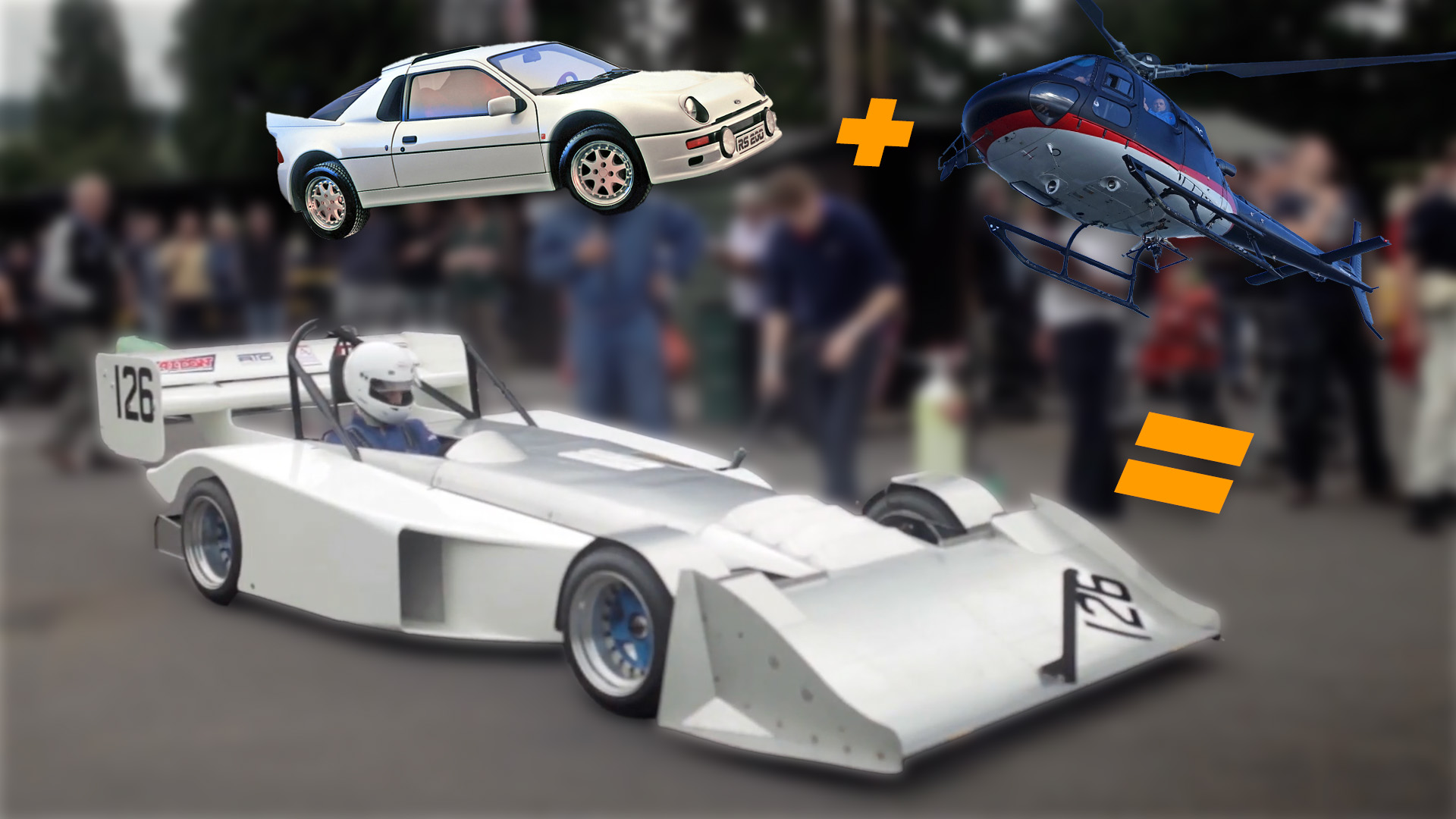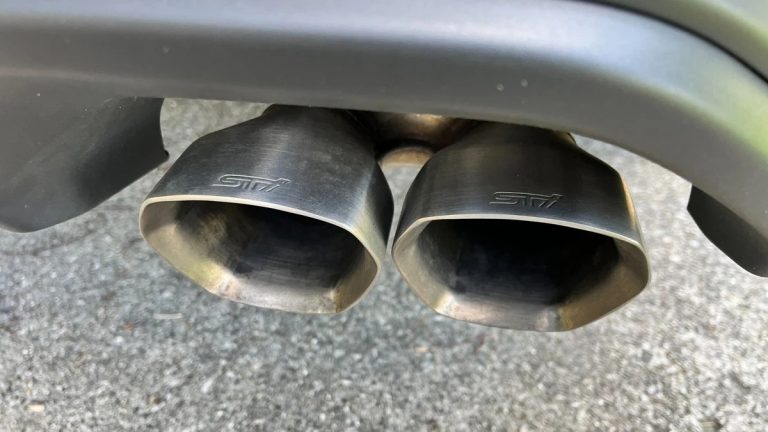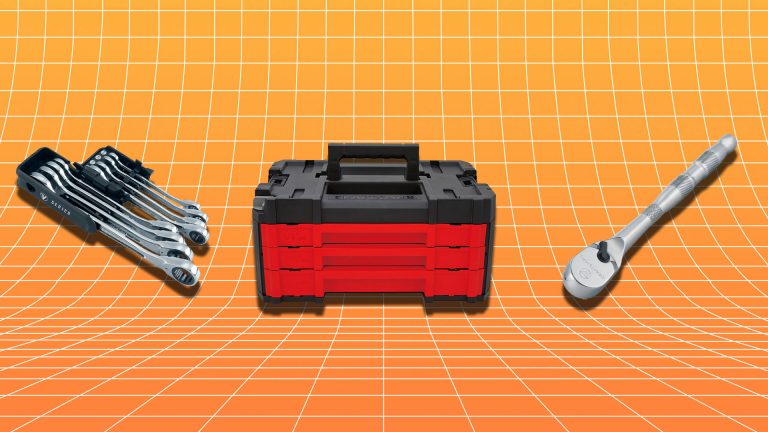Ford RS200-Powered Hill Climber Unleashes Turbocharged Fury with Helicopter Turbine Engine

Imagine a turbocharged engine that’s so lag-free, it makes max boost all the time. Sounds too good to be true? Well, someone has managed to achieve just that. Meet the Mannic-Beattie, a British hillclimb car that uses a tiny turbine engine to generate boost for its 1.7-liter Cosworth four-cylinder. Yes, you read that right – a turbine engine, typically used in helicopters and airplanes, is used to boost a car’s engine.
The creators, Nic Mann and John Beattie, based their project on a low-cost open-wheel car, the Clubman chassis, with a drivetrain that’s anything but ordinary. It’s got all-wheel drive, and the most interesting part is its turbo, which is a full-on standalone jet engine. The idea may seem bonkers, but it actually works, thanks to some clever engineering.
In a video on Beattie’s website, RaceEngineDesign.co.uk, he explains how it works. First, the Cosworth four-cylinder starts up, then an offboard source of compressed air spins the turbine engine to 10,000 rpm, generating one psi of boost. That’s when the ASU’s separate fuel system and ignition kick in, helping it reach five psi where it’s self-sustaining. This setup initially had problems with flaming out during gear changes, but those issues have since been resolved. And get this – the engine idles at five psi of boost!
The whole setup is a bit mysterious, but essentially, the Cosworth engine’s exhaust manifold feeds hot air to the turbine side of the ASU, while a compressor generates boost for the engine and the turbine. There’s a diverter valve between the intake and exhaust manifolds to keep the turbine running even when the throttle is closed. Unfortunately, we can’t get a clear view of the plumbing, so we’ll have to rely on Beattie’s explanations and a few dodgy angles in an Instagram video from test driver Alex Summers.
So what does this radical setup do for performance? Well, because the turbine runs independently of the piston engine, it can generate 40 psi of static boost with the throttle closed. That means a monster torque curve, generating 80% of peak torque between 2,500 and 7,500 rpm. Power is estimated to be around 600 hp, which is enormous in a 1,400-pound chassis. The result is a car that can hit zero to 60 in about two seconds flat.
As a hillclimb car, it needs a chassis that can make the most of that power, and it’s got one. The modified Mallock open-wheeler frame has 50-50 static weight distribution and massive aero, including a Formula 1-style exhaust-blown diffuser. The result is a behemoth of a hillclimb car, as seen in videos of it in action.
Given how effective this setup is, it’s easy to imagine other race cars adopting this technology. Of course, there are complexities and heat concerns to consider, but one can dream, right? Maybe someone should pass the idea along to those building a real-world Red Bull X2010?






